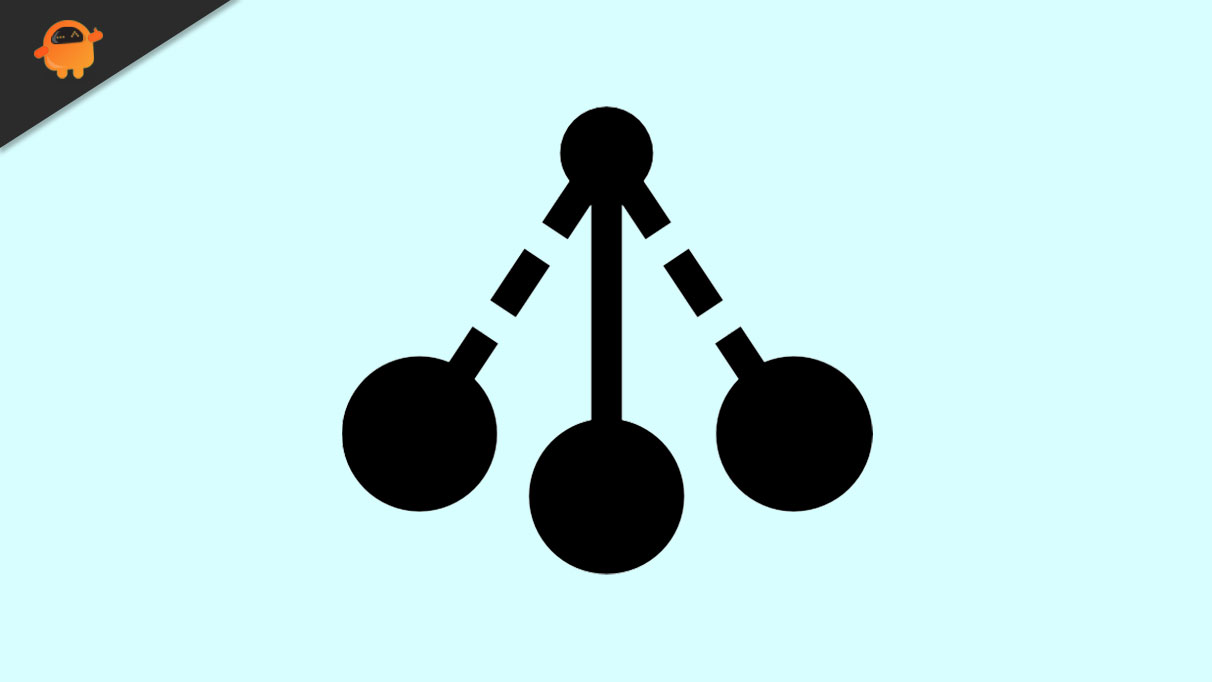An ‘Oscillator’ is a circuit that produces an oscillating waveform. An oscillation is a periodic waveform with constant amplitude and frequency. These are widely used in electronic circuits to generate electrical signals with specific frequencies and to make many solid-state devices function properly.

If you are eager to learn more about oscillators and circuits, continue with this article below.
Page Contents
Oscillator Circuit: What is it?
An oscillator circuit is a basic amplifying circuit with an output signal and an input signal. It is a special type of feedback circuit and has the following characteristics –
- Oscillations are produced by periodically reversing the direction of current flow through a transistor or other vacuum tube.
- It changes direction depending on whether points A or B are positive compared to point C (or ground).
- The frequency of oscillations depends on several factors, including inductance, capacitance, and resistance (LRC).
- It also depends on device characteristics such as collector current Ic versus base-emitter voltage Vbe during conduction intervals.

Role of Oscillator in a Circuit
In an electronic circuit, oscillators are used to generate repetitive electronic signals. An oscillator is a fundamental building block of all analog circuits. It can be either digital or analog, and its primary function is to generate periodic waveforms at a specific frequency or multiple frequencies.
An oscillator can be broadly classified into low-frequency oscillator (LFO) and high-frequency oscillator (HFO).
A low-frequency oscillator generates AC signals between 0.1 Hz and 10 Hz. A high-frequency oscillator generates AC signals above 1 kHz or up to 100 kHz.
Basic Components of an Oscillator
Now that you know what an oscillator is, let’s talk about the components of an oscillator circuit.
- The first component is a triode amplifier. The triode amplifier acts as a voltage amplifier and frequency multiplier. It amplifies signals at its input and outputs those amplified signals at its output.
- The second component of an oscillator circuit is a positive feedback network. It allows for amplifying signals in the same direction for multiple cycles until they reach equilibrium or change state.
- Next up: frequency selection networks. These are used to select desired frequencies by passing them through various filters, primarily but not exclusively of LC resonators.
Where are Oscillators used?
Oscillators are used in many applications. They convert direct current from a power supply to an alternating current signal, which is then used for various purposes.
For example, they are found in clocks and timers, record players and radios, televisions, and computers (including the microprocessor). They are also used to generate sine waves for testing purposes and voltage-to-frequency conversion in digital instruments such as calculators or computers requiring high-accuracy timekeeping.
Conclusion
An oscillator circuit is not a very complex circuit. It can be built with a few components, and does not require too much power. An oscillator can be made using transistors or vacuum tubes.
But nowadays, transistors are more popular because they are easier to make and cheaper than vacuum tubes. Besides this, there are many other uses for oscillators in our daily lives, like radios and televisions, which we use every day without even realizing it.
The output frequency can be adjusted by changing the capacitance or inductance of the tank circuit or by varying the applied ac voltage.
